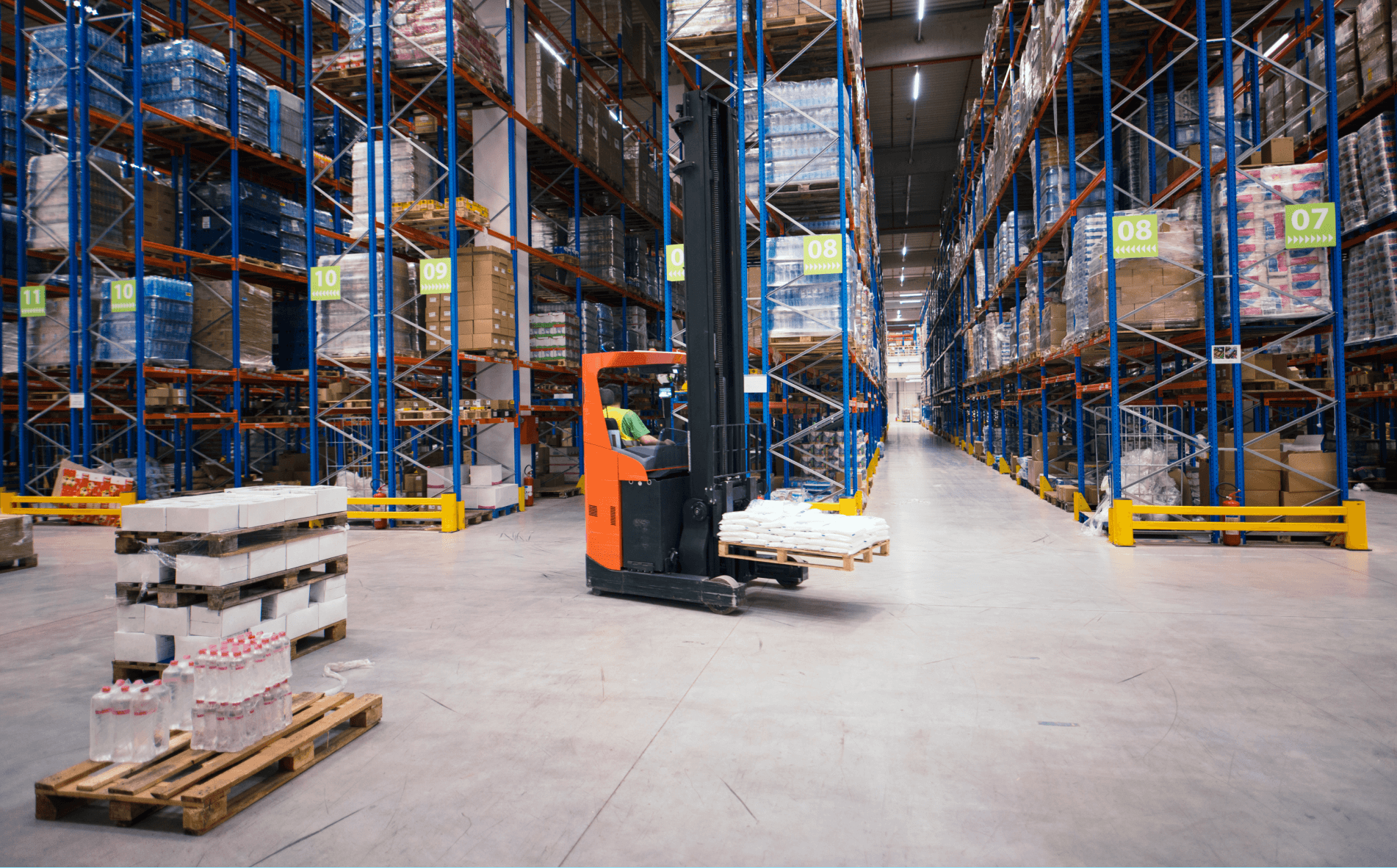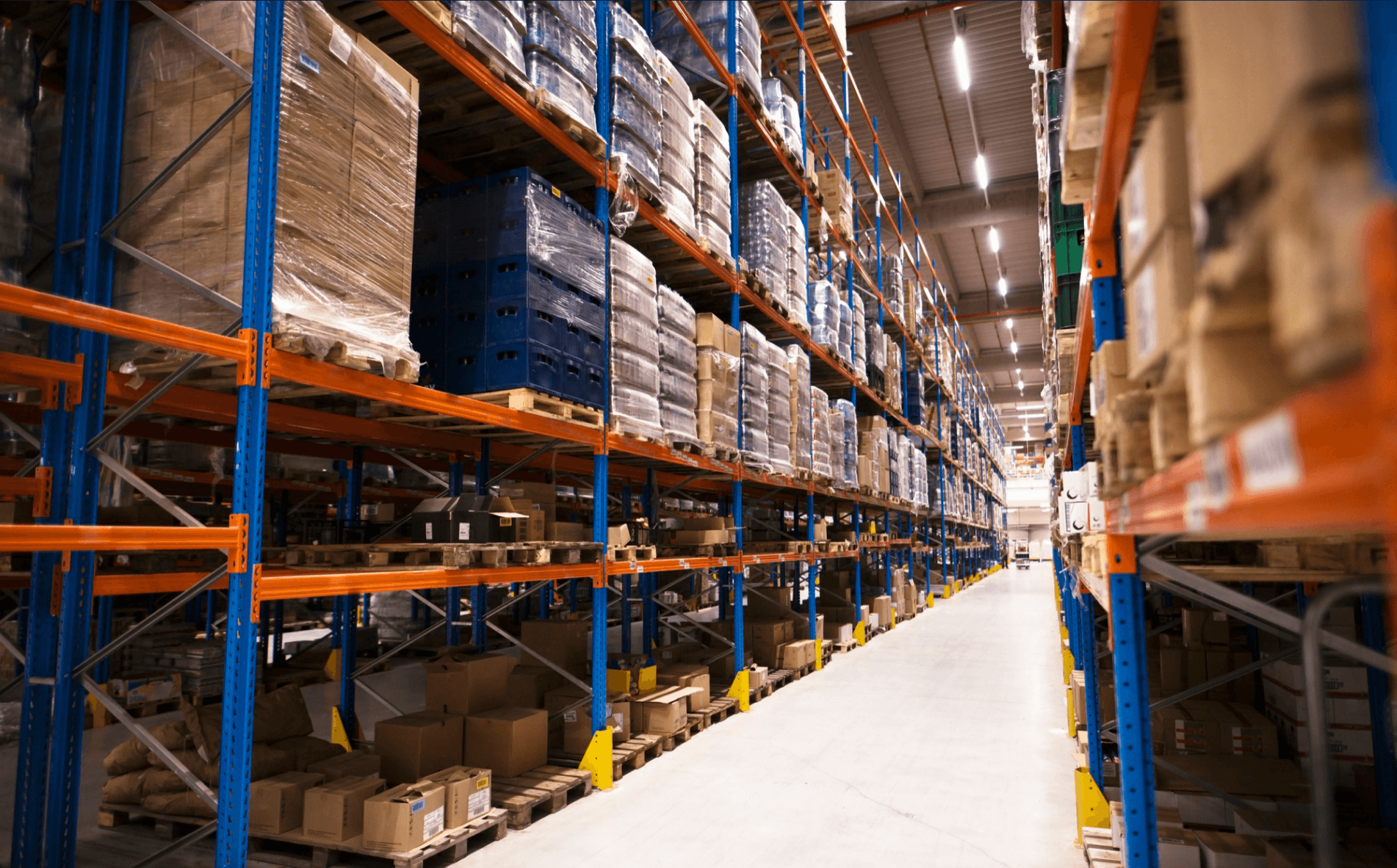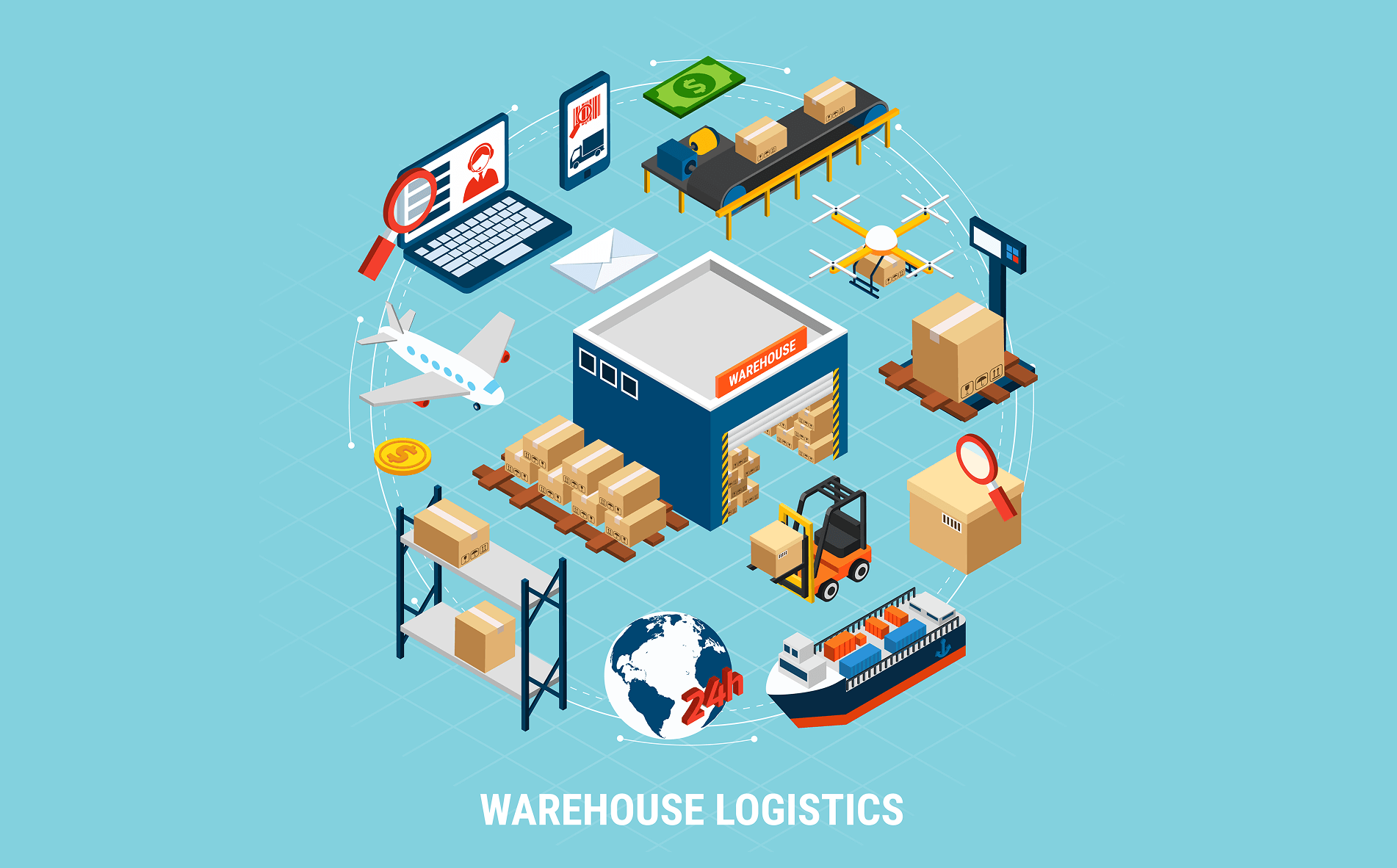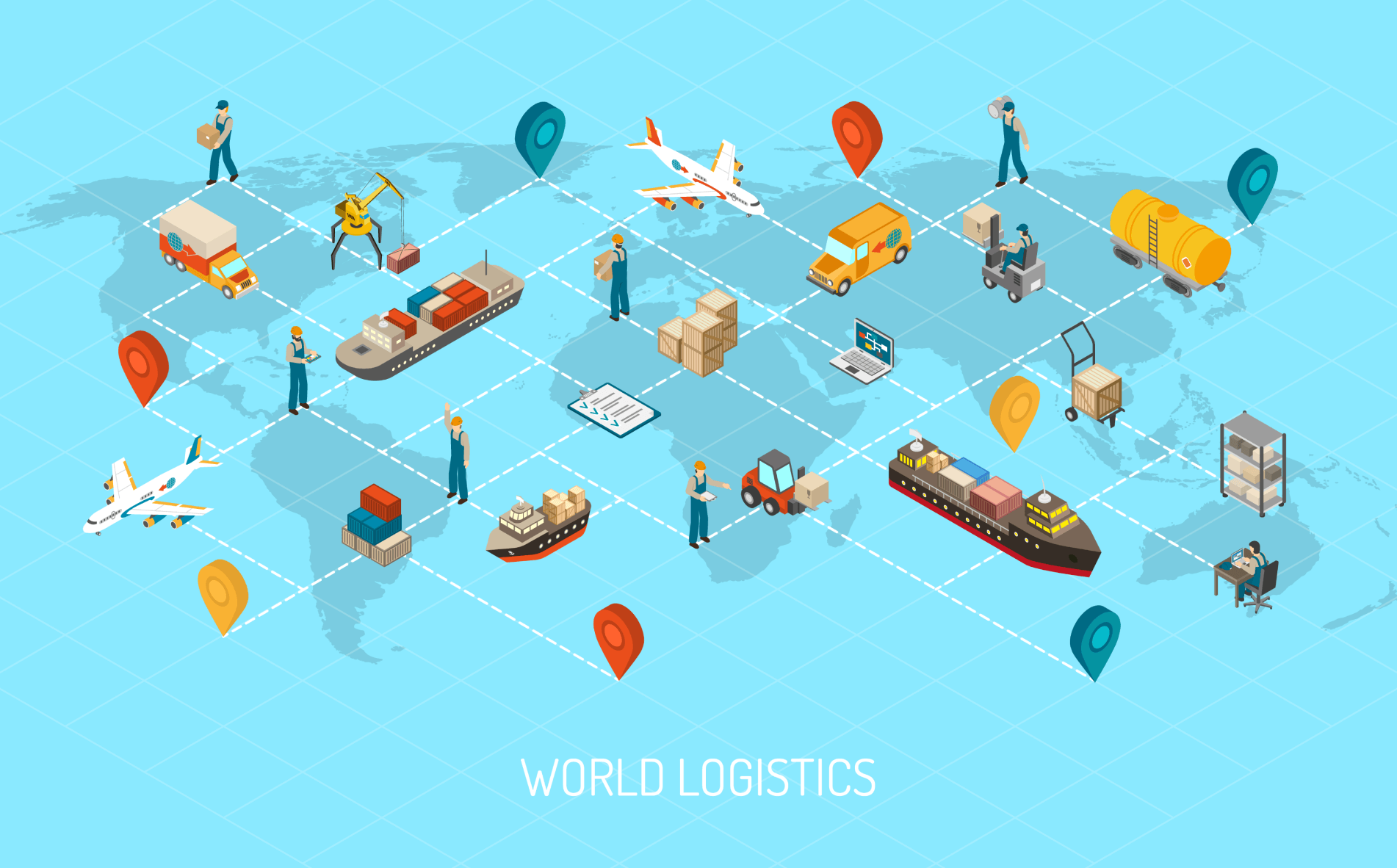Choosing a third-party logistics (3PL) warehouse in 2025 can be a game-changer for your business, but understanding the full cost landscape is critical. This guide outlines expected costs, common pricing models, and practical strategies for reducing your overall logistics spend.
The Importance of 3PL Warehouses in Modern Supply Chains
3PL warehouses offer scalable, technology-driven logistics solutions to businesses across retail, eCommerce, and wholesale. By outsourcing warehousing, fulfillment, and returns, businesses reduce overheads and improve customer service. The key benefits include:
- Economies of Scale
- Advanced Automation & Robotics
- Customised Storage Solutions
Understanding cost breakdowns helps businesses capitalise on these advantages.
Core 3PL Warehouse Cost Components
1. Receiving & Inbound Fees
Costs depend on how and when inventory arrives. Charges vary by container type, barcode presence, and SKU count. Efficiency during inbounding reduces labour charges.
2. Storage Costs
Modern 3PLs now charge based on actual usage. Rates range from $15 to $40 per pallet monthly. Optimising SKU performance minimises storage for slow-moving items.
3. Pick and Pack Fees
Typically $0.50 to $5 per item, depending on order complexity. Larger volumes often receive discounted rates. Businesses must forecast changes in order patterns to control future costs.
4. Packaging Costs
Packaging materials are billed separately. Businesses can use their own materials, but some 3PLs may charge additional handling or station fees.
5. Shipping Costs
Charges depend on dimensional weight and destination zones. Choosing 3PLs near major customer bases helps lower last-mile delivery fees.
6. Additional Service Charges
Includes barcoding, custom packaging, kitting, or order inserts. These value-added services should be reviewed carefully.
7. Technology and Integration Fees
Setup fees for WMS integration range from $100 to $1,000. Monthly tech fees often apply for continued use and system support.
8. Account Management Fees
Can range from zero (with a minimum spend) to premium plans with dedicated support. Labour cost increases are influencing this fee.
Common Pricing Models in 3PL Warehousing
- Activity-Based Pricing: Most common, based on specific services used.
- Flat-Rate Pricing: Simpler billing model but may include a cost premium.
- Pass-Through Pricing: Transparent model where wholesale carrier rates are passed to clients with a small margin.
Each model has its pros and cons, so choose based on service usage and budget predictability.
Avoiding Hidden Costs
Hidden charges often arise due to:
- Unclear communication of service needs.
- Misleading 3PL quoting practices.
To avoid this:
- Share full inventory and process data during onboarding.
- Ask for detailed, all-inclusive quotes.
Common hidden fees include:
- Setup and integration charges
- Admin or account management fees
- Long-term storage or minimum usage surcharges
Understanding Peak-Season Surcharges
During high-demand periods (like holidays), 3PLs and carriers may impose surcharges. Always confirm:
- Whether peak charges are applicable
- How they are calculated
- If they are included in your rate card
Conducting a Thorough Cost Analysis
Performing a comprehensive cost review helps identify the right provider. Focus on:
- Fulfillment & shipping rates
- Storage & setup charges
- Technology costs
- Account support levels
Use historical sales and inventory data to create realistic forecasts.
How to Choose the Right 3PL Provider
To make an informed decision:
- Evaluate reviews and ask for case studies
- Confirm scalability and technology capability
- Request a detailed rate card with no hidden fees
- Ensure their support model suits your needs
Checklist for Choosing a 3PL:
- Scalability to grow with your business
- Transparent pricing model
- Tech integration capability
- Location aligned with customer base
- Clear communication and account support
Ongoing Cost Optimisation with Your 3PL
3PL partnerships should evolve with your business. Regularly review:
- Shipping volume and zones
- Fulfillment efficiency
- Range management (dead stock issues)
- Volume discount opportunities
Maintain a proactive relationship for shared improvements.
Checklist for Ongoing Savings:
- Analyse inventory turns
- Use WMS tools effectively
- Review rates bi-annually
- Align packaging with order trends
- Forecast inventory accurately
Conclusion
In 2025, 3PL costs vary widely but can be controlled through careful planning and regular reviews. By understanding each cost component, selecting the right pricing model, and fostering a collaborative partnership, businesses can maximise the return on their logistics investment while minimising waste and unnecessary charges.




